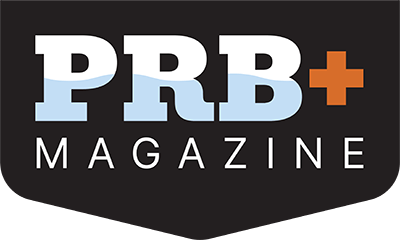How to make people care deeply about everything that matters
On my first morning at camp, I could not believe my bleary eyes. As I walked to my cabin from the washrooms, I saw a few fellow campers and a bunch of staff silently picking up garbage strewn about the trash bins.
Having grown up in Maine, I guessed the mess was the midnight handiwork of hungry raccoons. Not having grown up at summer camp, I guessed the human clean-up crew was being punished or paid. For sure, I thought, those kids cleaning up got in trouble for something. I was also fairly sure that a senior staff member had ordered other staff to oversee the clean-up.
I was wrong about everything except the raccoons. The campers and staff were picking up trash because they cared. The fascinating question is: Why? The answer required more time living in that wonderful community, but by the end of two weeks, it was clear. People at the camp were guided by connections—to one another and to the environment—not by contracts.


